
This is free.
Managing research and development funded by the Forest Growers Levy
Paul Adams and Harriet Palmer, New Zealand Tree Grower February 2023.
Forest Growers Research is the forest industry owned company which manages research funded by the Forest Growers Levy. In 2022 a new precision silviculture programme joined the major research partnerships. The Specialty Wood Products Research Partnership drew to a close. Two other programmes Automation and Robotics – Te Mahi Ngahere i te Ao Hurihuri and Tissue Culture for 21st Century Forests are both in progress. These multi-million-dollar programmes are partnerships between the government and the forest industry.
Specialty Wood Products Research Partnership
The Specialty Wood Products Research Partnership has featured regularly in the Tree Grower over the past few years.The partnership between the Forest Growers Levy Trust, the Ministry for Business, Innovation and Employment, research providers and industry partners wound up at the end of 2022.This focussed on adding value to Douglas-fir and cypress as well as durable and non-durable eucalypts. Research providers, Scion, the University of Canterbury and the Marlborough Research Centre Trust have been supported by the NZFFA action groups the Cypress Development Group and the Eucalypt Action Group.
The programme identified and worked towards several promising markets for specialty timbers, including naturally durable timber, along with engineered timber such as laminated veneer lumber and cross-laminated timber.There were also high-value applications which make the most of the attractive colours and grain of some specialty species.
Another area where progress was made, and which is of direct benefit to growers, is genetic improvement.
Work included adding to existing Douglas-fir, cypress and eucalypt breeding programmes to produce improved germplasm, as well as the durable eucalypt breeding and propagation work.
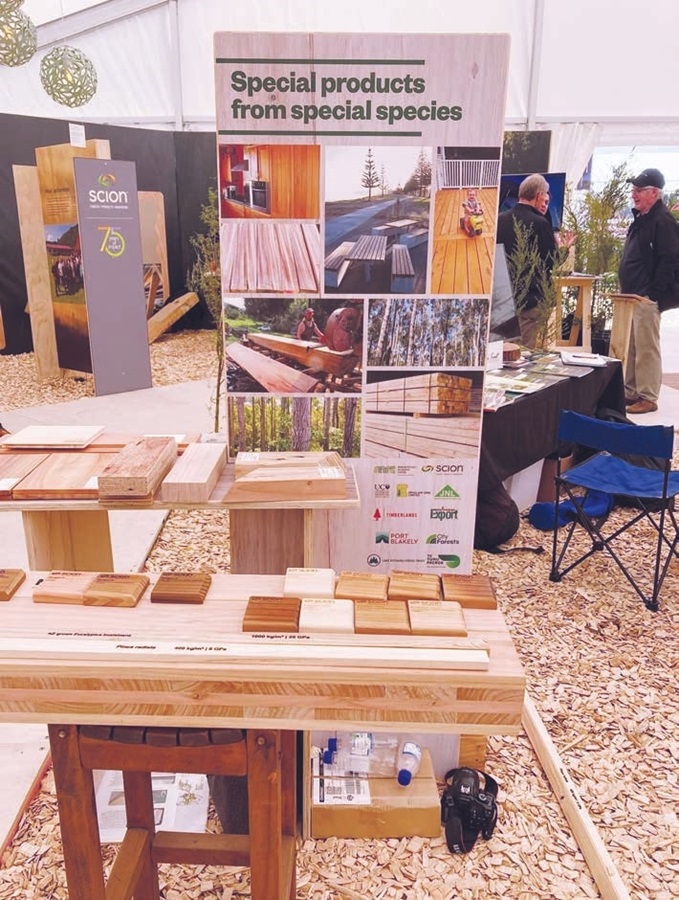
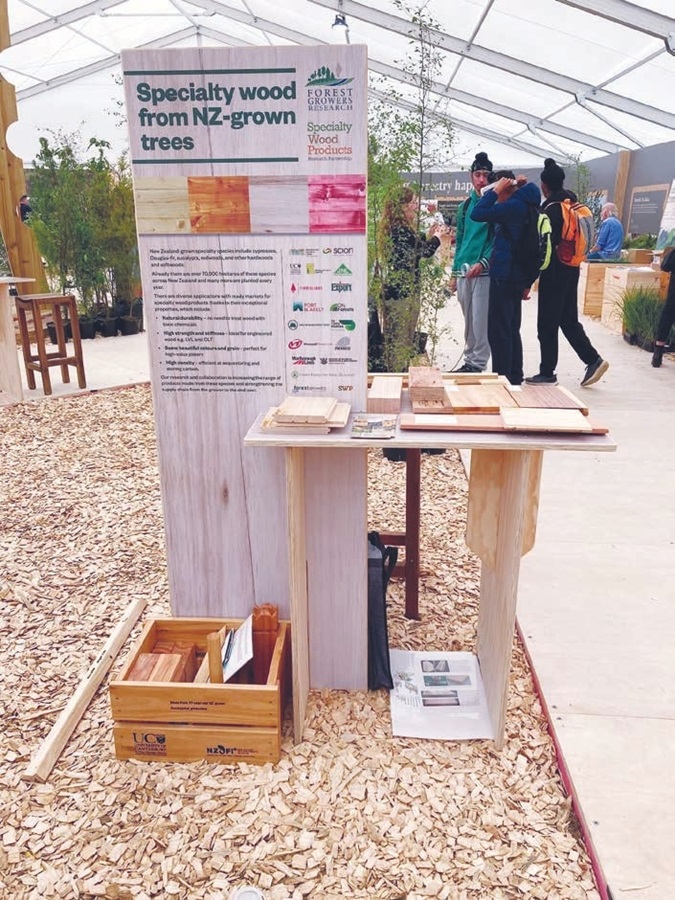
Regional investment
The long-term aim has been to encourage regional investment in alternative or specialty species. Four regional business cases identified options for promising results.The concept has emerged of organising significant new planting in regional wood supply catchments, centred around a future wood processing hub and provide a framework for planning a more diverse forest industry in the regions.
We look forward to the day when alternative species make up 20 per cent of all new planting, the target identified in the recently launched Forestry and Wood Processing Industry Transformation Plan. In the meantime, we know there is a significant resource of specialty species out there – at least 70,000 hectares.
Another project used Lidar-based technology to map and measure how much there is. Many of these trees have been planted and managed for timber by farm foresters, and their potential needs to be assessed.The small-scale sawmilling sector has a crucial role to play here and there is much more still to do.
A Specialty Wood Products display in the Forestry Hub at the Mystery Creek Fieldays generated interest and discussion.Visitors to the stand were able to test the significant differences in weight and stiffness between Eucalyptus bosistoana and radiata pine, and handle various products including thermally modified samples of Cupressus lusitanica and E. nitens.We also had a E. globoidea cross laminated timber beam, E. nitens flooring from Specialty Timber Solutions and a Kubb game made by the School of Forestry.
Over 150 technical reports have been produced over the past seven years. Most are freely available on the Forest Growers Research website. A new specialty wood products research proposal is being developed and is working its way through the system.We hope to be able to report on progress early in 2023.
Automation and robotics
The vision of the seven-year Automation and Robotics Primary Growth Partnership is – no boots on the ground, no hands on the logs.The $29 million programme is led by a consortium of leading forestry companies and 10 New Zealand-based machinery manufacturing partners.There are three main project areas – new automated technology, human factors in automation and commercialisation and deployment. The aim is productivity, profitability and sustainability.
In the November 2022 Tree Grower, we reported on progress in developing an automatic quick coupler which could produce significant benefits in small-scale harvesting operations.
Other projects include the following.
Automated tower hauler and grapple
The aim is to increase cable-logging automation and efficiency. Northland engineering company Rosewarne and May Ltd. has developed an integrated grapple carriage and hauler which is now undergoing trials in commercial conditions. A second-hand hauler has been refurbished with the new technology and is being used to train operators.
Automated log tagging and tag reading Automated log marking in the forest will improve log tracking and traceability as well as reducing bottlenecks at log scaling stations and ports.We are working with a Swedish technology developer, Otmetka AB, who is designing and building the log marker, a harvesting company who will install the prototype on a harvester processor and Pocket Solutions Ltd, who are developing technology to read the log mark.The prototype Otmetka log marker has now been installed on a processor and is being tested.
Conventional log-scaling involves measuring and stickering every individual log. Logs stamped by the Otmetka log marker contain the unique measurement data.
Automated log load securing
The automated log load securing project is progressing well at Trinder Engineers Ltd in Richmond.The aim is to develop an automated log truck load-securing system suitable for all logs, including debarked and slippery logs. Prototypes of the chain placer and auto tensioner have been developed.The system consists of a chain placer to replace manual chain throwing, an automatic chain tensioner and a load monitoring system to alert the driver to any problems with the load restraints.
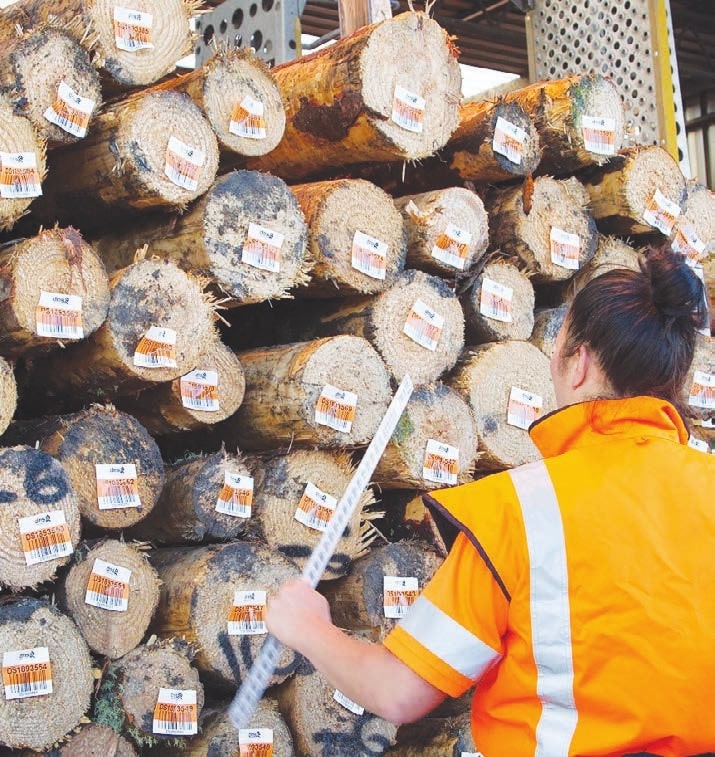
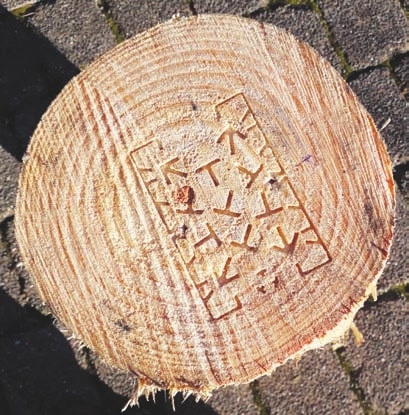
Century Tissue Culture
The Tissue Culture Partnership is a seven-year industry and government partnership to speed up and scale up the deployment of the best radiata pine genetics available.The programme is about building a high productivity system to produce radiata pine ‘varietals’ – planting stock of known, proven genetic make-up. Industrialising the production of radiata pine varietals is expected to create a significant change for commercial radiata pine forestry, with benefits including –
- Greater tree uniformity
- Better wood quality
- Increased resilience
- Trees matched to different site types.
By making already proven radiata pine genetics widely available for forest establishment, risks will be reduced. Growers can select the best ones for any given planting environment and know they are going to produce a uniform crop.When linked with the precision-based plan in future, in all aspects of planting, managing, harvesting and processing will produce significant gains.
At the heart is somatic embryogenesis, a technique to rapidly multiply known genotypes, linked with automated systems and machine learning. Computer- controlled liquid nutrient and hormone solutions and automated systems which separate embryos from pro- embryonic material can recognise the best ones to place the emerging plantlets into germination media.
In the past year we have made progress on all fronts.
Our aim is to have tested each part of the system by June 2023 and be ready to fully test the system. Research partners are Scion, Georgia Institute of Technology and the Natural Resources Institute in Finland.
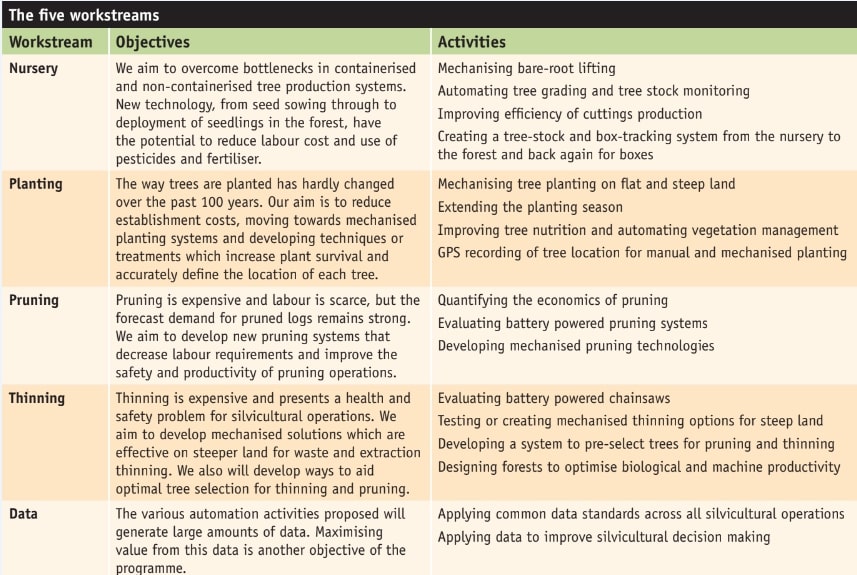
Precision silviculture
The latest programme, Precision Silviculture, was launched early in 2022.The $25 million project involves the Forest Growers Levy Trust, the Ministry for Primary Industries, forestry companies, contractors and equipment suppliers. It aims to transform planted forest management by adopting mechanisation, automation, digital technology and robotics throughout the silviculture value chain.The table on the previous page shows the five workstreams being followed.
The Precision Silviculture partnership aims to produce $530 million of value for the plantation forestry sector and $190 million worth of innovative technology sales between now and 2035. Other benefits will be an improved pruned log supply for domestic wood processors. An early mechanised pruning trial has already been completed, and discussions have been held with nursery managers to learn about their priorities for automation. Reviews of existing worldwide technology have been completed to take stock of developments in silvicultural mechanisation overseas and to evaluate their relevance to New Zealand.
Other activities include supporting a Pan Pac and Scion trial on automated post-planting spot spraying with a drone. A digital data workshop identified the need to develop standards to ensure inter-operability and consistency between different machines and for different silvicultural operations.
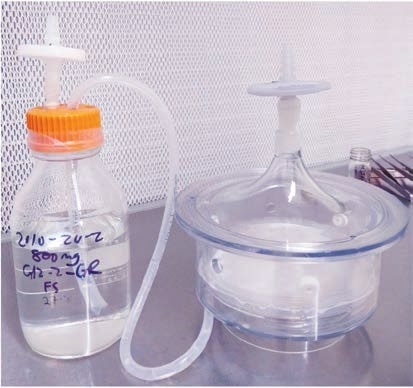
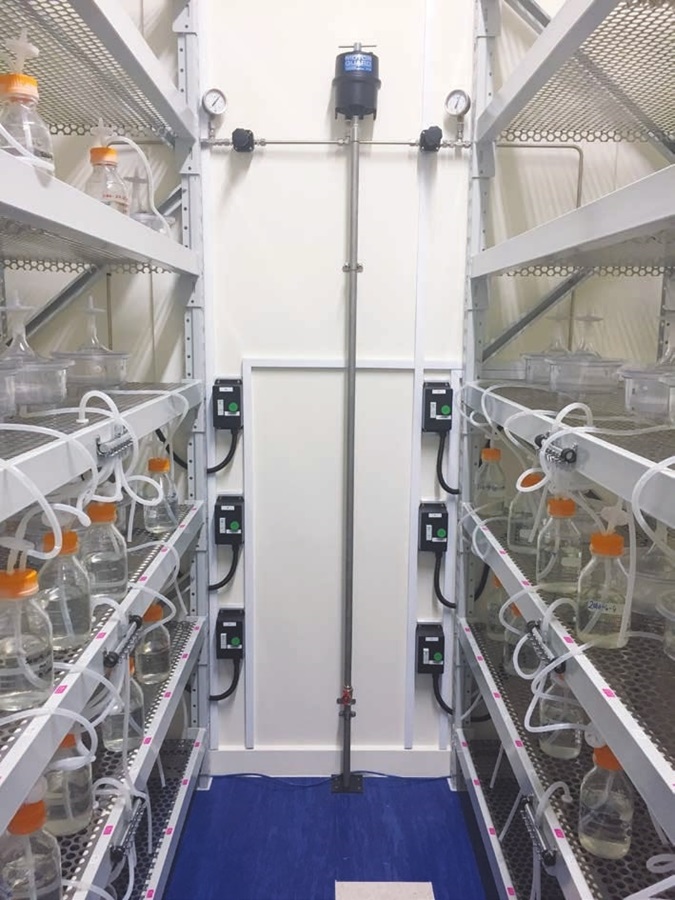
Other levy-funded research
Several other current forestry research programmes are part-funded by the Forest Growers Levy Trust, managed by Scion and facilitated by Forest Growers Research.These include resilient forests, extreme fire and the tree microbiome project. More information about progress in these programmes can be found on Scion’s website, including in the regular Connections newsletter and the Rural Fire Research website. Smaller research programmes, including those led by various NZFFA special interest groups, are also part of the overall research portfolio, facilitated by Forest Growers Research and reported on in the Tree Grower.
At the end of 2022, the Forest Growers Levy Trust finalised the allocation of levy funds for existing and new research projects. Co-funding opportunities between industry and government were also identified for a range of specialty species projects.This information should be available in detail in the May Tree Grower. Reports on levy-funded programmes are available on the Forest Growers Research website. Many of the reports are freely available, some are restricted to programme partners who have funded the research being reported.
Dr Paul Adams is Research and Development Director at Forest Growers Research. He is supported by programme managers Marco Lausberg, Keith Raymond, Dr Russell Burton and Dr Brian Richardson, and Amanda Brake, FGR’s Office Manager. Harriet Palmer is an independent forestry communications specialist.
 Farm Forestry New Zealand
Farm Forestry New Zealand

